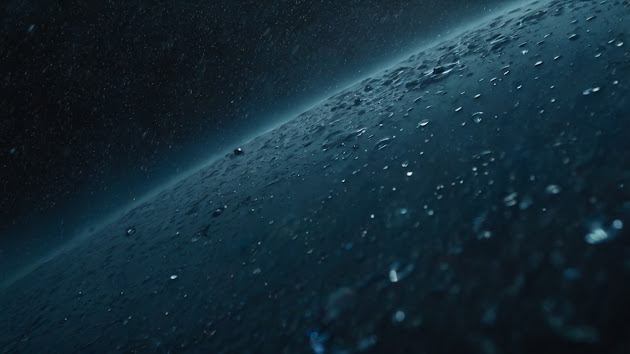does Neptune have diamond rain ?
Neptune, the eighth planet from the Sun, has long fascinated scientists and space enthusiasts alike. With its deep blue color, powerful winds, and mysterious atmosphere, Neptune is one of the most intriguing planets in our solar system. Among its many mysteries, one theory stands out as both astonishing and dazzling: the possibility of diamond rain on Neptune. But is this really true? Let’s explore the science behind this cosmic phenomenon and whether diamond rain on Neptune is fact or fiction.
What Is Diamond Rain?
Diamond rain refers to a theoretical process where carbon atoms are compressed under extreme pressure and temperature to form diamonds, which then fall like rain through a planet’s atmosphere. This idea may sound like something from science fiction, but scientists believe that such a phenomenon could actually occur on certain planets, particularly Uranus and Neptune.
These planets are known as ice giants due to their unique composition. Unlike gas giants like Jupiter and Saturn, which are primarily made of hydrogen and helium, ice giants contain heavier elements such as water, ammonia, and methane.
Why Neptune Might Have Diamond Rain
Neptune's atmosphere contains high concentrations of methane (CH₄), a compound made of carbon and hydrogen. When subjected to extreme pressure and temperature inside Neptune’s deep atmosphere, the carbon atoms in methane could be squeezed out and crystallize into diamonds.
Here's how scientists believe this happens:
-
Methane molecules are broken apart due to the intense heat and pressure in Neptune’s interior.
-
The carbon atoms bond together, forming diamond structures.
-
These diamond particles then sink deeper into the atmosphere due to their higher density, creating what scientists refer to as "diamond rain."
This process is not visible from the surface, and no direct observation has been made yet. However, laboratory experiments on Earth support the possibility of this happening on Neptune.
Scientific Evidence Supporting Diamond Rain
In recent years, researchers have attempted to recreate the conditions of Neptune’s atmosphere in laboratories. One notable study was conducted by a team at SLAC National Accelerator Laboratory in California.
In this experiment, scientists used powerful lasers to simulate the high-pressure conditions found deep inside Neptune. They directed the lasers at polystyrene (a plastic composed of carbon and hydrogen, similar to methane) and observed the formation of tiny diamond crystals in a matter of nanoseconds.
These results provided strong evidence that Neptune's environment is capable of producing diamonds. While the diamonds created in the lab were microscopic, the same process could potentially create much larger diamonds inside the planet.
How Much Diamond Rain Falls on Neptune?
While the idea of diamond showers is fascinating, there’s no precise measurement of how much diamond rain Neptune experiences. Some researchers speculate that the diamonds could be as large as a few millimeters to even centimeters in size, depending on pressure and depth.
However, these diamonds don't stay suspended in the atmosphere. Due to gravity, they sink toward the planet's core, possibly forming a thick layer of diamond over time. In other words, Neptune might have oceans of liquid carbon and layers of solid diamonds deep beneath its clouds.
Can We Ever Harvest Neptune’s Diamonds?
The idea of mining diamonds from Neptune is, for now, firmly in the realm of science fiction. The planet lies over 4.3 billion kilometers (2.7 billion miles) from Earth, and no spacecraft has ever landed on it. The extreme pressures, cold temperatures, and lack of solid ground make Neptune an incredibly hostile and challenging environment for exploration.
However, the study of Neptune and other planets continues to fuel scientific curiosity and technological innovation. Who knows what future space missions might uncover?
Conclusion: Does Neptune Really Have Diamond Rain?
While we can’t directly observe it yet, scientific models and lab experiments strongly suggest that diamond rain on Neptune is real. The combination of methane-rich atmospheres and extreme internal conditions creates the perfect environment for diamond formation.
This dazzling phenomenon not only adds to Neptune’s mystique but also offers insights into the complex chemistry of outer planets. As space exploration advances, we may one day confirm the existence of diamond rain—not just on Neptune, but across the vast and glittering reaches of our universe.




